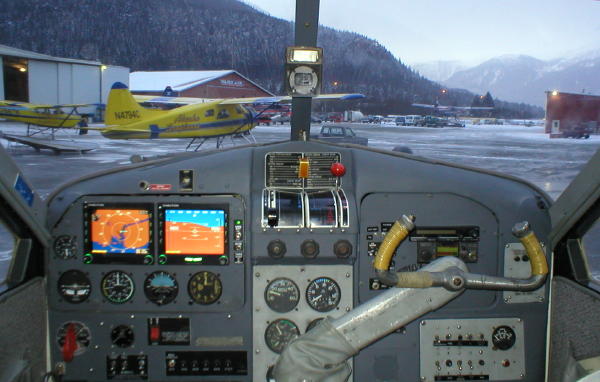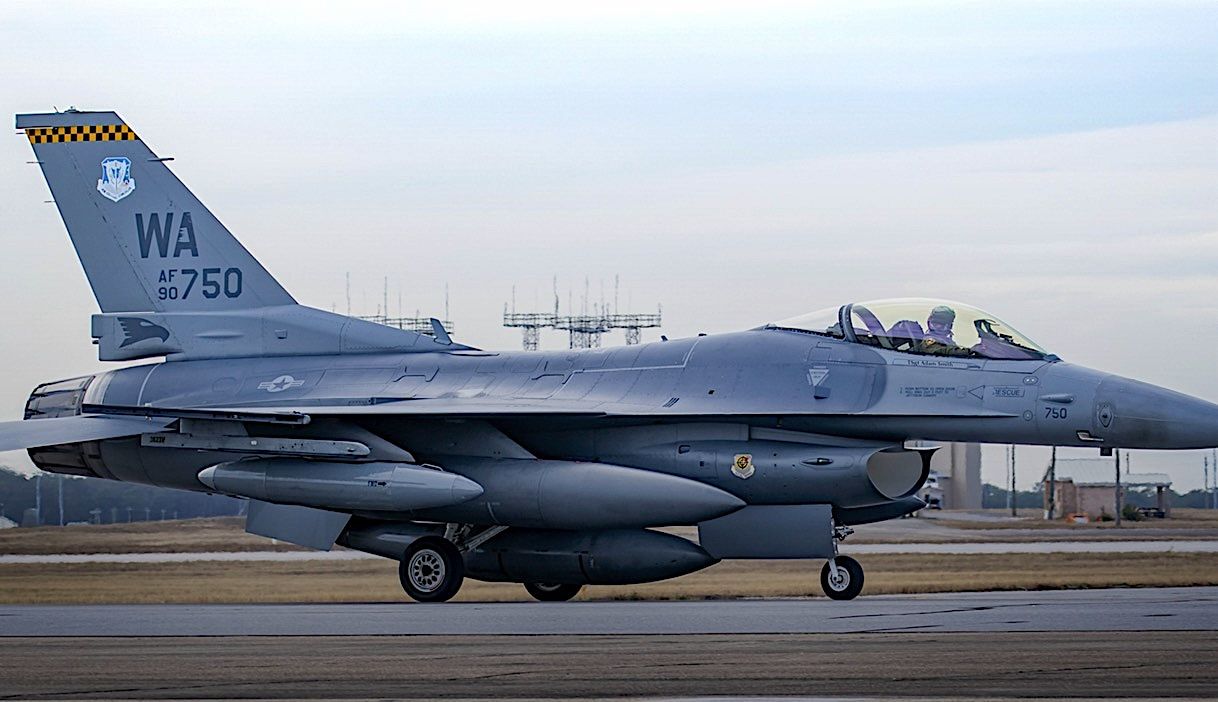Doc Holliday
En-Route
A little about me. I flew a Cessna 172RG with the Chelton Synthetic Vision EFIS and Moving Map display in the summer of 2003. With the demonstration pilot onboard we flew approaches using the Highway-In-The-Sky (HITS) feature. I didn't remove the hood from takeoff until 25 feet AGL over the center line of the runway. These flights overwhelmed me and I've been chasing the latest and greatest ever since.
I was flying Cat3C approaches with auto land functions, which have been around for decades. I fail to see what's so overwhelming.










